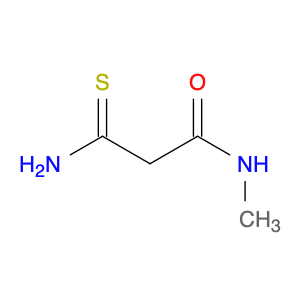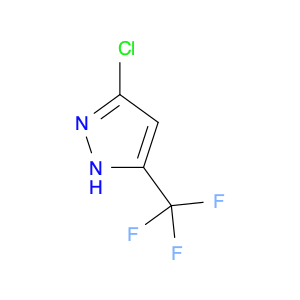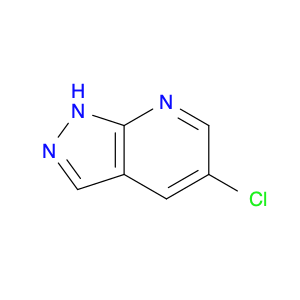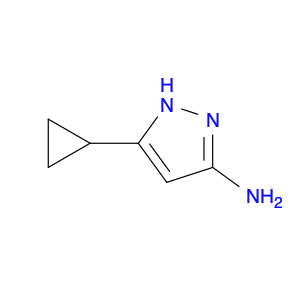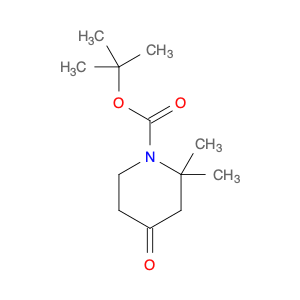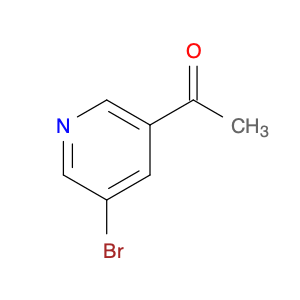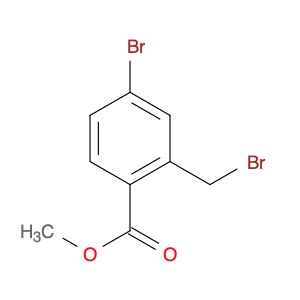3-Amino-N-methyl-3-thioxopropanamide is a versatile compound widely utilized in chemical synthesis for various applications. This compound serves as a key building block in the creation of a diverse range of molecules due to its unique structure and reactivity. In chemical synthesis, 3-Amino-N-methyl-3-thioxopropanamide is predominantly employed as a valuable intermediate in the preparation of pharmaceuticals, agrochemicals, and specialty chemicals.One of the significant applications of 3-Amino-N-methyl-3-thioxopropanamide in chemical synthesis is its role as a precursor in the production of thiazolidine derivatives. Thiazolidine compounds are of considerable interest in medicinal chemistry due to their diverse biological activities, such as antimicrobial, anticancer, and anti-inflammatory properties. By incorporating 3-Amino-N-methyl-3-thioxopropanamide into the synthesis of thiazolidine derivatives, chemists can access a wide array of potential drug candidates with tailored properties and functionalities.Furthermore, 3-Amino-N-methyl-3-thioxopropanamide finds utility in the preparation of sulfur-containing heterocycles, which are essential motifs in the design of bioactive compounds. These heterocyclic structures play a crucial role in enhancing the pharmacological profiles of drug molecules by influencing their interactions with biological targets. By utilizing 3-Amino-N-methyl-3-thioxopropanamide as a key starting material, chemists can efficiently access a diverse library of sulfur-containing heterocycles for drug discovery and development applications.Additionally, 3-Amino-N-methyl-3-thioxopropanamide can serve as a valuable reagent in organic transformations, enabling the introduction of amino and thio functionalities into target molecules. This compound's versatility in forming carbon-nitrogen-sulfur bonds makes it a valuable tool in the synthesis of complex organic compounds with tailored properties and functionalities. In summary, the application of 3-Amino-N-methyl-3-thioxopropanamide in chemical synthesis facilitates the efficient construction of diverse molecular scaffolds, enabling the discovery and development of novel compounds with potential therapeutic benefits.
 sales@aaronchem.com
sales@aaronchem.com
